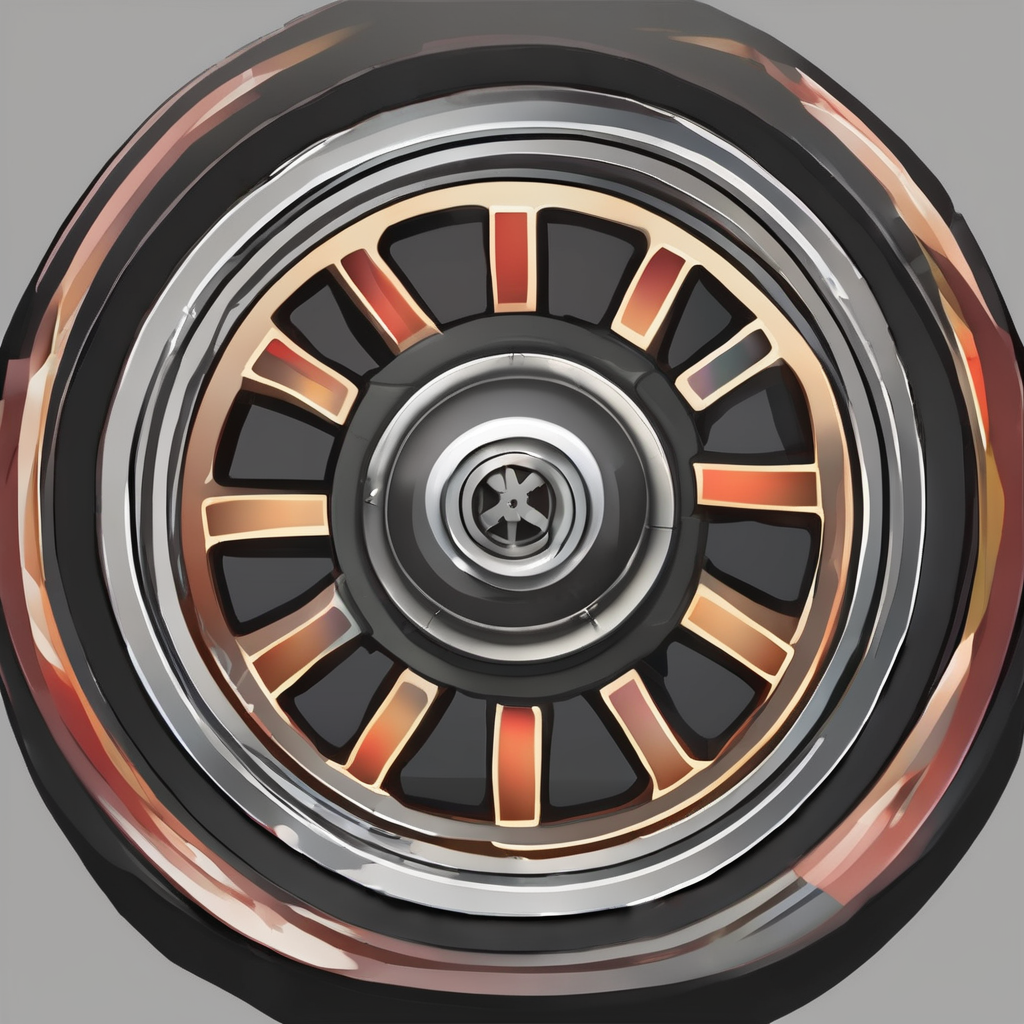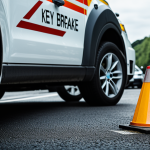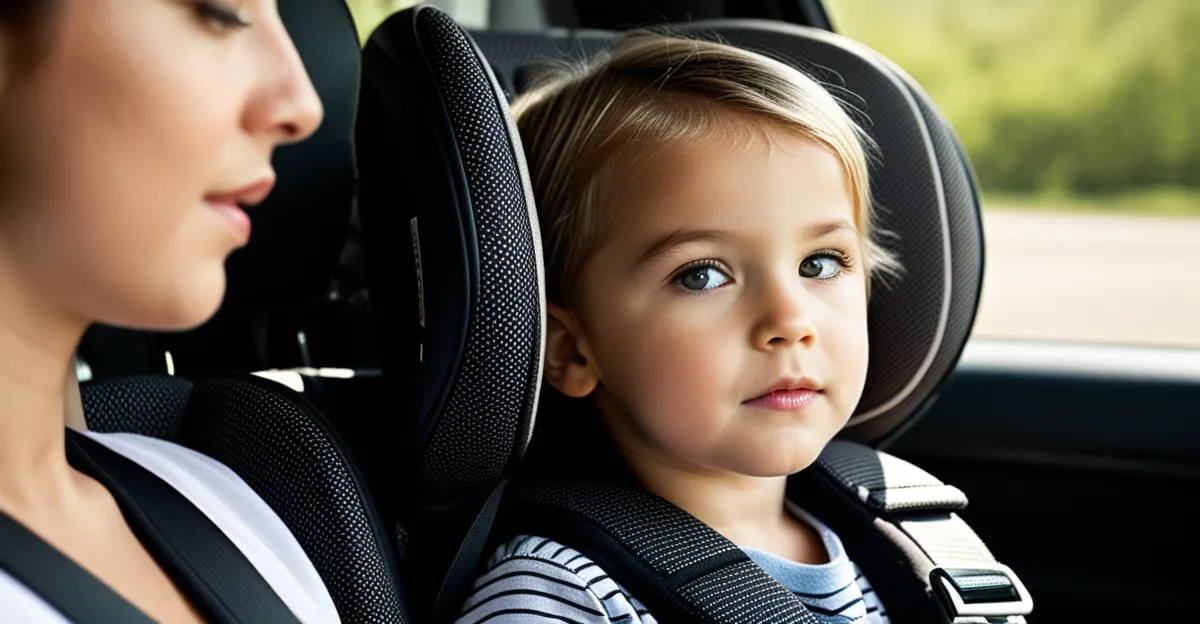Immediate Steps to Enhance Child Safety with Car Seats
Ensuring child vehicle safety begins with selecting the right car seat tailored to your child’s age, weight, and height. This step is crucial because a properly sized seat significantly improves protection during travel. Next, a step-by-step installation helps avoid common errors that reduce effectiveness. Always start by reading both the car seat manual and your vehicle’s instructions thoroughly.
Positioning the car seat in the safest part of the vehicle is vital. The rear middle seat remains the safest spot for most children, minimizing impact from side collisions. For installation, focus on firm attachment using either the seat belt or lower anchors, ensuring the seat does not move more than one inch side-to-side or front-to-back. If your car has the LATCH system, integrating the car seat using these lower anchors can simplify this process.
In the same genre : Essential Strategies for Keeping Emergency Vehicle Anti-Lock Brake Systems in Top Shape
By carefully following these steps—choosing an appropriate seat, installing it correctly, and placing it in the safest location—you actively enhance your child’s safety. Prioritizing proper car seat integration within the vehicle safeguards young passengers and provides peace of mind on every trip.
Integrating Car Seats with Vehicle Safety Features
Proper car seat integration with vehicle safety systems is essential for maximizing child vehicle safety. The LATCH system (Lower Anchors and Tethers for Children) simplifies car seat installation by providing dedicated anchors to securely attach the seat without relying solely on seat belts. When using the LATCH system, ensure that the connectors latch firmly to the anchors and the straps are tight enough to prevent more than one inch of seat movement side-to-side or front-to-back.
Have you seen this : Revolutionizing Urban Mobility: The Impact of Larger Wheels on Compact City Vehicle Safety
However, compatibility with your vehicle’s seat belt system remains vital. Some car seats require the seat belt instead of or alongside the LATCH system, depending on the model and vehicle design. Always consult both your car seat manual and vehicle owner’s guide to confirm proper usage.
An often overlooked yet critical factor is airbag safety. Placing a rear-facing car seat in the front passenger seat can cause injury if the airbag deploys. Deactivating the passenger airbag or prioritizing rear seating for children helps avoid this risk and enhances overall safety. Understanding how these vehicle safety features interact with your car seat installation safeguards your child effectively.
Avoiding Common Mistakes in Car Seat Installation and Use
Car seat installation errors significantly undermine child vehicle safety. One frequent car seat mistake is securing the seat too loosely, allowing more than one inch of movement side-to-side or front-to-back. This reduces crash protection. To avoid this, follow a step-by-step installation approach, pulling straps tight and confirming stability before each trip.
Misuse of vehicle features is another common issue. For example, using LATCH anchors incorrectly or mixing LATCH with seat belt installation without guidance can compromise safety. Always verify your vehicle’s compatibility and adhere strictly to both the seat and car manuals. Ignoring airbag safety by placing a rear-facing seat in front without deactivating the passenger airbag remains a critical hazard.
Routine checks and reinstallation prevent unnoticed loosening over time. Car seats should be inspected frequently for strap wear, proper recline angle, and secure attachment. Careful attention to these aspects improves car seat integration and ensures the seat functions as intended. Adopting these best practices fortifies child safety and boosts parental confidence on every journey.
Recent Child Passenger Safety Regulations and Compliance
Staying current with car seat laws is essential for maintaining optimal child vehicle safety. Recent updates to regulations often reflect new research on crash protection and injury prevention. For example, many jurisdictions now require children to remain in rear-facing seats longer and mandate booster seats until a specific height or weight is reached. These updates improve safety by better aligning with child development stages.
To ensure your car seat integration complies with updated regulations, always verify that your seat meets the latest safety standards. Look for labels that confirm compliance with federal guidelines or regional requirements. Additionally, confirm that your installation follows any new protocols, including positioning and restraint methods.
Resources such as government websites and certified child passenger safety technicians can provide timely information on changes. Regularly reviewing these sources helps parents adapt to evolving standards and protects children efficiently. Meeting current regulations is not only a legal obligation but also a practical measure to maximize protection during every vehicle trip.
Immediate Steps to Enhance Child Safety with Car Seats
Selecting the right car seat is the foundation of effective child vehicle safety. Begin by matching the seat size to your child’s age, weight, and height, as manufacturers design seats to protect specific developmental stages. A mismatch can reduce safety drastically.
A step-by-step installation is crucial. Start by thoroughly reading both your car seat and vehicle manuals to understand unique setup requirements. Ensure the seat is firmly secured using either the seat belt or LATCH system, with no more than one inch of movement side-to-side or front-to-back. Tighten straps carefully to prevent loosening over time.
Position the car seat in the safest vehicle location—typically the rear middle seat—offering maximum protection from side impacts. For some vehicles, this may be challenging, so secure the seat as tightly as possible in the closest safe position. Always double-check installation stability before travel.
Diligent car seat integration improves crash protection and builds parental assurance, making every journey safer for your child. Following these immediate steps prevents common pitfalls and fosters a secure travel environment.
Immediate Steps to Enhance Child Safety with Car Seats
Careful car seat integration starts with choosing a seat that matches your child’s age, weight, and height precisely. This precise fit is essential because seats are designed to provide specific protection based on these factors.
Next, a step-by-step installation process guarantees a secure fit. Begin by reading both the car seat and vehicle manuals thoroughly. Attach the seat using either the vehicle’s seat belt or the LATCH system, making sure the seat moves less than one inch side-to-side or front-to-back. Tighten all straps firmly to maintain this limited movement, as loose installation compromises child vehicle safety.
Placing the car seat in the safest area enhances protection further. Typically, the rear middle seat is best, reducing injury risk in side impacts. If this spot is unavailable or unsuitable, select the rear seat position closest to the center. Confirm stability by pushing and pulling the seat before each trip.
By focusing on these immediate steps—right seat choice, meticulous installation, and strategic positioning—you significantly strengthen child vehicle safety and ensure reliable car seat integration on every journey.











